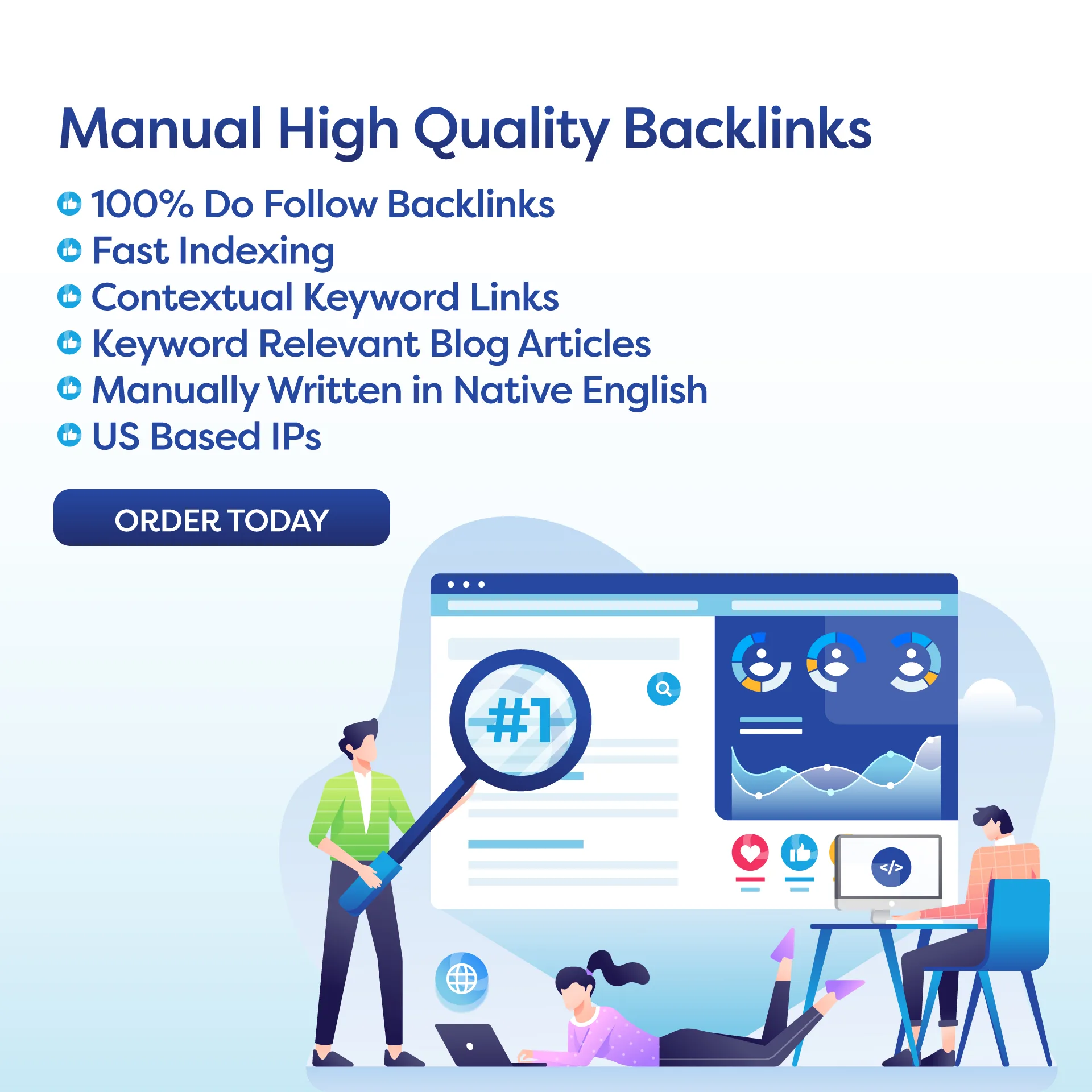: Enhancing Engagement on Your Website
Interactive Web Elements: Enhancing Engagement on Your Website
In today’s fast-paced digital world, having a visually appealing website is no longer enough to capture and retain visitors. With countless websites competing for attention, it’s essential to stand out and make a lasting impression on your audience. One effective way to do this is by integrating interactive elements into your web design.
What are Interactive Web Elements?
Interactive web elements refer to any feature or element on a website that requires user engagement and participation. These can range from simple hover effects and animations to more complex elements like quizzes, games, and interactive videos. By incorporating these elements into your web design, you can create a more dynamic and engaging experience for your visitors.
The Benefits of Interactive Web Elements
Integrating interactive elements into your website can provide numerous benefits, both for your audience and your business. Here are some of the key advantages:
1. Increased Engagement
Interactive elements are a great way to capture and maintain the interest of your audience. By enticing them to interact with your website, you can keep them engaged for longer periods. This can lead to a lower bounce rate and increased time spent on your site, which can ultimately improve your website’s overall performance.
2. Improved User Experience
Interactive elements can enhance the overall user experience by making it more enjoyable and memorable. When visitors have a positive experience on your website, they are more likely to return and recommend it to others. This can help build a loyal following and increase your website’s credibility and reputation.
3. Better Understanding of Your Audience
Interactive elements can also provide valuable insights into your audience’s behavior and preferences. By tracking how they engage with different elements, you can gain a better understanding of what resonates with them and adjust your website accordingly. This can help you tailor your content and design to meet your audience’s needs and improve their overall experience.
4. Increased Conversions
Interactive elements can also be used strategically to drive conversions. For example, you can use interactive quizzes or surveys to gather information about your audience and personalize their experience. You can also incorporate interactive product demonstrations or 360-degree views to showcase your products and services, which can help increase sales and conversions.
Types of Interactive Web Elements
There are countless interactive elements that you can incorporate into your web design. Some of the most popular and effective ones include:
1. Animations and Hover Effects
Simple animations and hover effects can add a touch of interactivity to your website. For example, you can use hover effects on images or buttons to make them more visually appealing and encourage visitors to click on them.
2. Interactive Infographics
Infographics are a popular way to present complex information in a visually appealing and easy-to-digest format. Adding interactivity to infographics, such as clickable elements or animations, can make them even more engaging and informative.
3. Quizzes and Surveys
Quizzes and surveys are a fun and interactive way to gather information from your audience. You can use them to learn more about their interests, preferences, and needs, which can help you create more targeted and personalized content.
4. Games
Incorporating simple games into your website can be a great way to keep visitors entertained and engaged. This can be especially effective for businesses in the leisure and entertainment industries.
5. Interactive Videos
Interactive videos, such as 360-degree videos or choose-your-own-adventure style videos, can provide a unique and immersive experience for your audience. They can also be an effective way to showcase your products and services.
Best Practices for Using Interactive Web Elements
While incorporating interactive elements into your web design can be highly beneficial, it’s essential to use them strategically and carefully. Here are some best practices to keep in mind:
1. Keep it Simple
When it comes to interactive elements, less is often more. Overloading your website with too many interactive features can be overwhelming and distract from your content. Stick to a few well-placed and purposeful elements for the best results.
2. Ensure Mobile Responsiveness
With the majority of internet users accessing websites through their mobile devices, it’s crucial to ensure that your interactive elements are mobile-friendly. Make sure they are optimized for smaller screens and touchscreens for a seamless user experience.
3. Use High-Quality Graphics and Animations
To make the most out of your interactive elements, it’s important to use high-quality graphics and animations. Poorly designed or low-resolution elements can have the opposite effect and turn visitors away from your website.
4. Test and Track Performance
As with any aspect of web design, it’s crucial to test and track the performance of your interactive elements. Use analytics tools to monitor how visitors engage with them and make adjustments as needed to improve their effectiveness.
In Conclusion
Integrating interactive elements into your web design can be a powerful way to enhance engagement and improve the overall user experience on your website. By carefully selecting and strategically implementing these elements, you can create a more dynamic and memorable experience for your visitors, leading to increased

